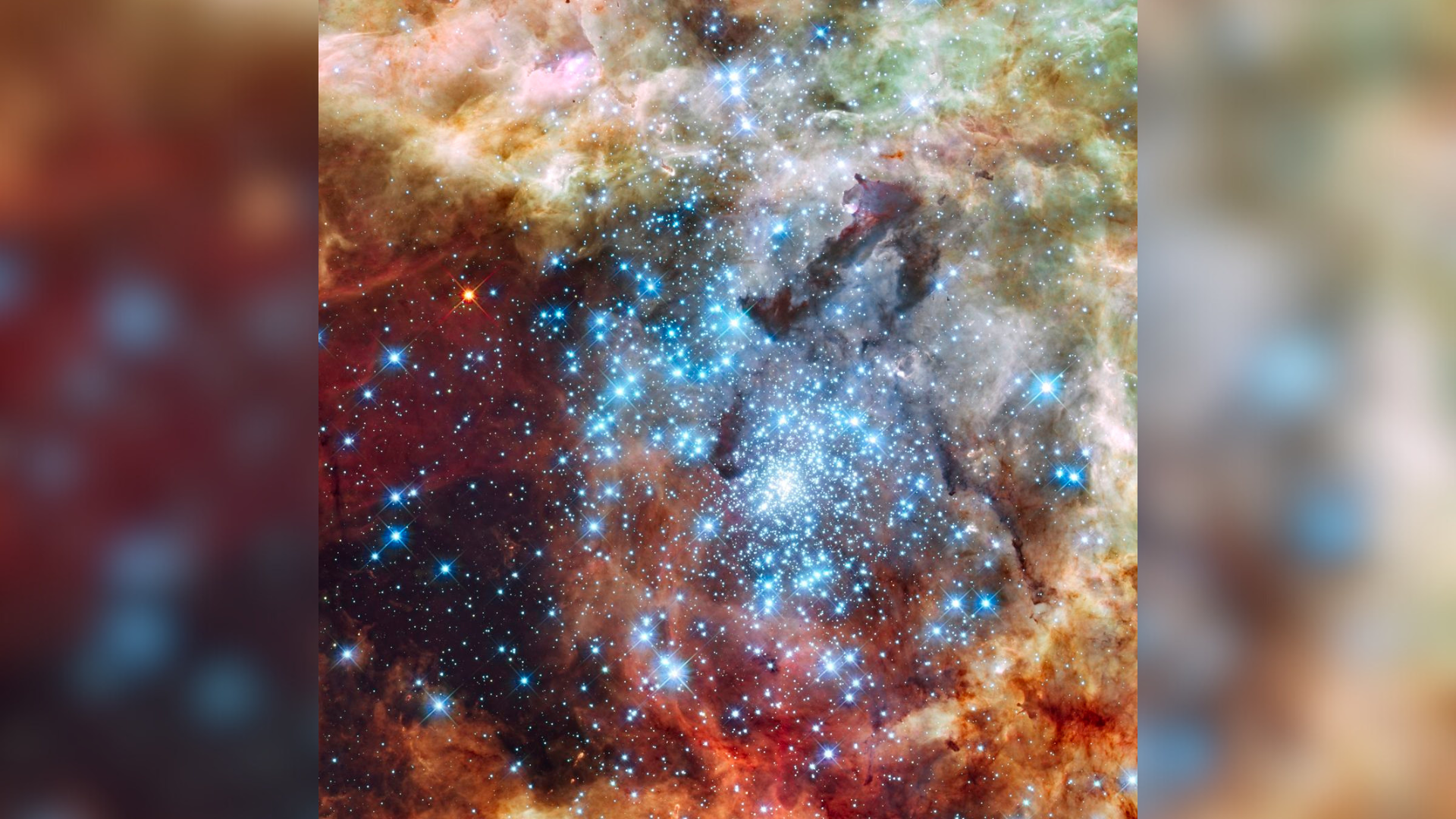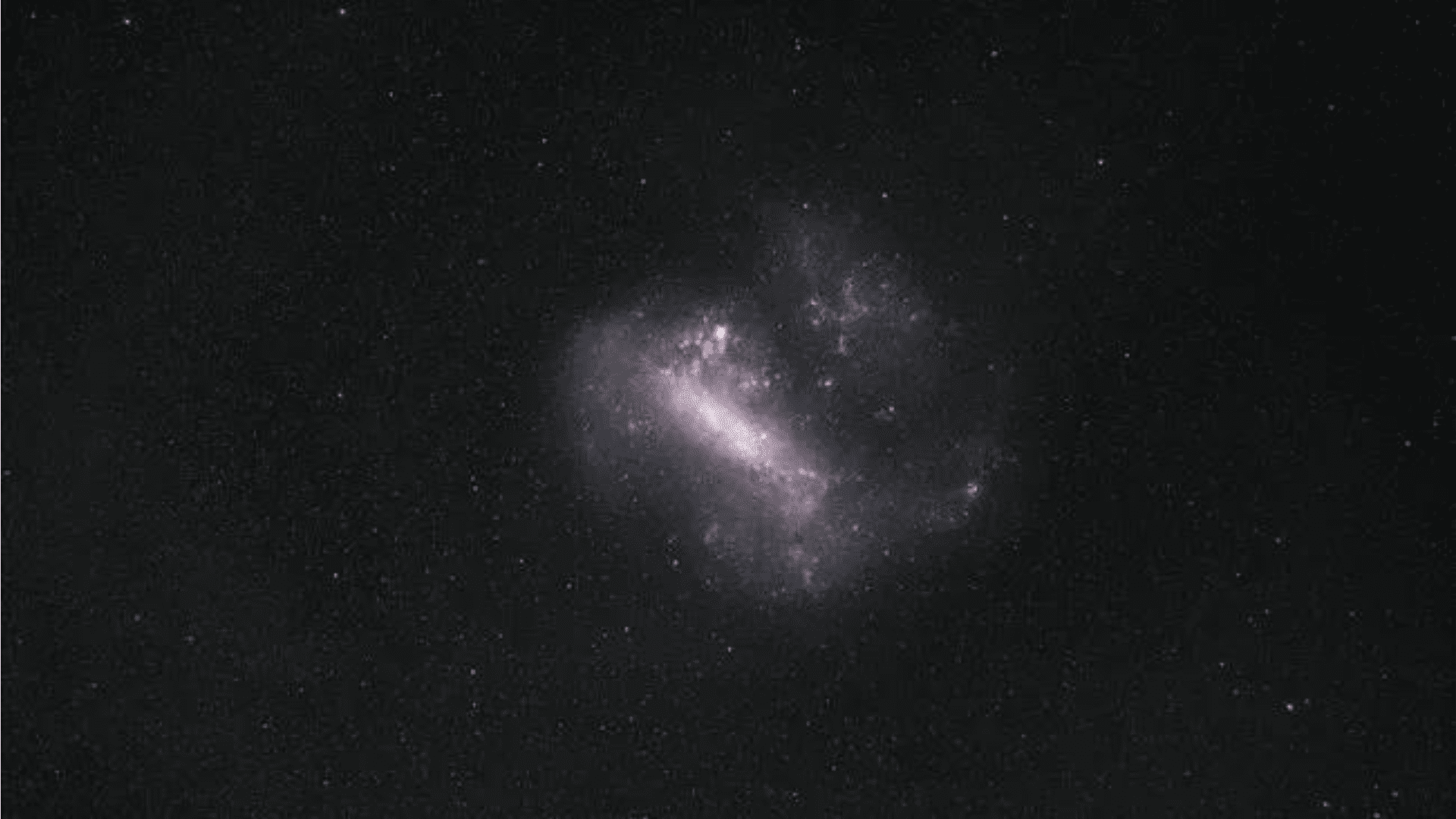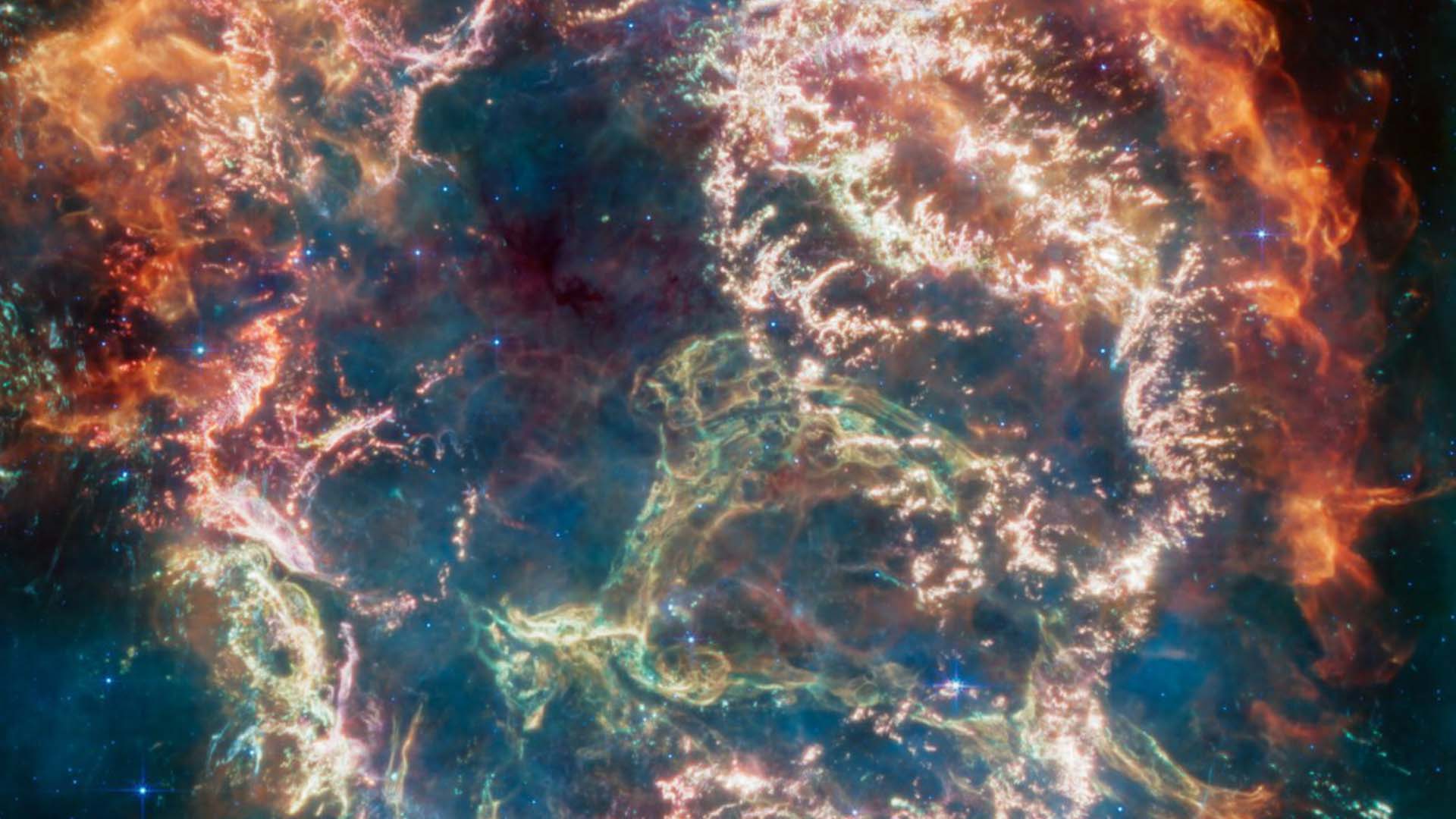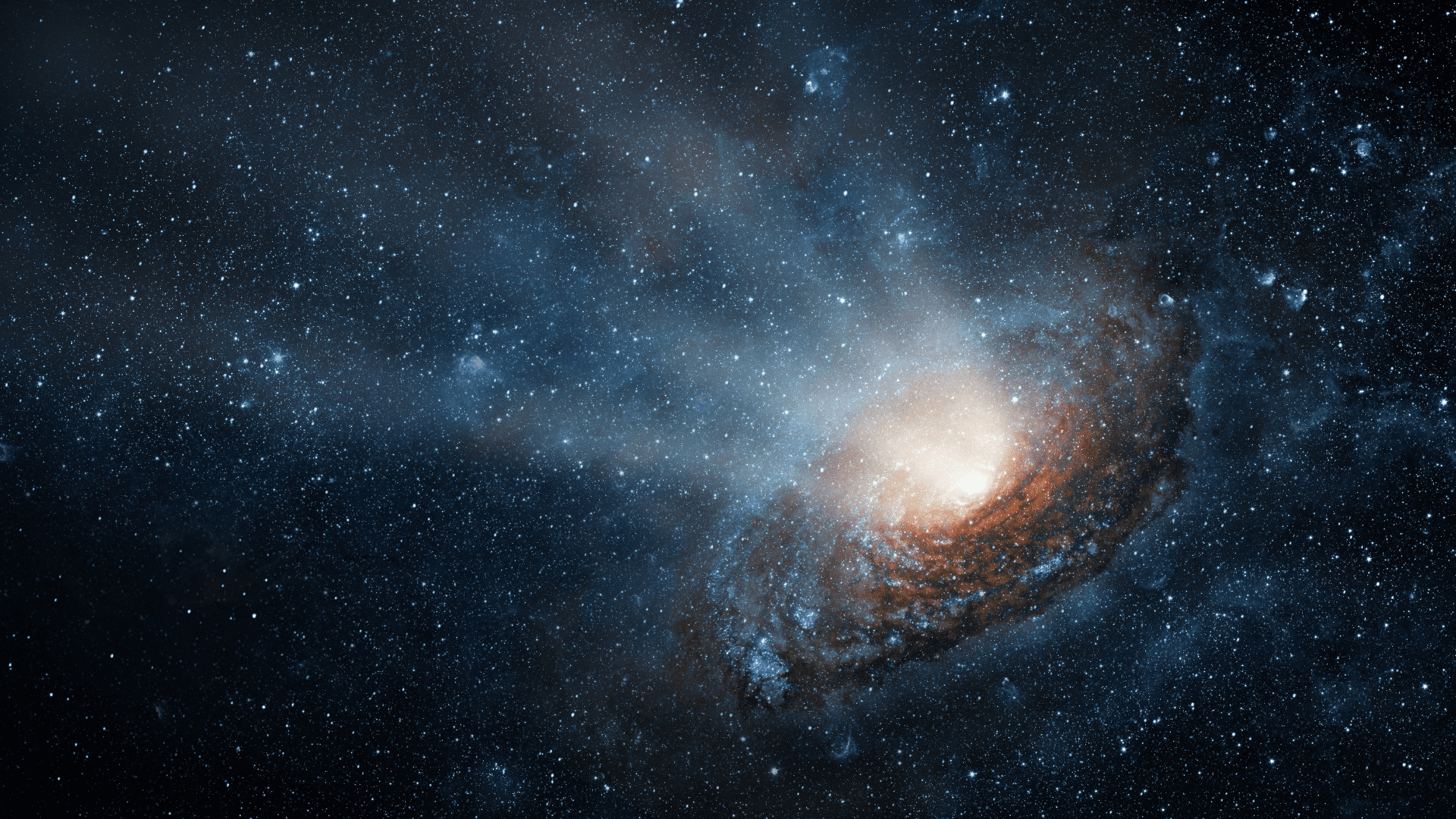Scientists identified one of the oldest stars in the universe hiding in a satellite galaxy of the Milky Way. The discovery, reported in the journal Nature Astronomy, uncovered an ancient relic floating in the Large Magellanic Cloud (LMC). This discovery reveals the conditions of a time before the Sun even existed.

Ancient Stars
Scientists cannot learn about the universe’s early days, before the Big Bang, because all those stars burned up billions of years ago. However, second-generation stars that were created from them still survive today. Traces of the ancient stars are preserved within the second generation.
The study’s lead author, Anirudh Chiti, told Live Science that the outer layers of the ancient stars “preserve the chemical composition of their natal gas cloud.” Therefore, it reveals the composition of the first-generation stars. Chiti said it sheds light on the early production of elements billions of years ago.
Many of the earliest stars were born after the Big Bang billions of years ago. The gigantic stars were made up of the most common elements at the time. About three-fourths of hydrogen and a fourth of helium make up the stars. When the stars burned all their nuclear fuel and shed their outer layers, they exploded as supernovas. These explosions polluted the extra-terrestrial community with new, heavier elements at the core. This stellar ash came into the equation when enriched gas clouds from the first-generation stars created a second generation. As the cycle continued, elements became heavier and produced the building blocks of life. We have this supernova, star-producing cycle to thank for oxygen, calcium, and iron. All of which are vital elements of life.

Explore Tomorrow's World from your inbox
Get the latest science, technology, and sustainability content delivered to your inbox.
I understand that by providing my email address, I agree to receive emails from Tomorrow's World Today. I understand that I may opt out of receiving such communications at any time.
Estimating a Star’s Age
Normally, this is an inappropriate question, as scientists want to know how old these stars are. They do that by measuring the amount of these elements in a star. The less “ash,” the older the star. Younger stars, however, have a lot of elements built up from older generations.
None of the first-generation stars are around anymore to be studied, but second-generation celestial bodies are. While rare, astronomers have spotted ancient, second-gen stars in our galaxy. Fewer than 1 in 100,000 stars in our galaxy are second-generation. These relics help astronomers learn more about the conditions in the early stages of our galaxy. Astronomers want to compare those conditions with other galaxies to see if they are the same or different.
Galactic Neighbors
Astronomers turn to our galactic neighbors to determine if the elemental makeup is similar or different. The LMC is one of the Milky Way’s nearest galaxies. It’s smaller than our galaxy and will merge with the Milky Way in about 2.4 billion years. Chiti said, “The LMC is notable because it is nearly a major galaxy in its own right.” To search for old stars in the LMC, the team of researchers looked at data gathered by the European Space Agency’s Gaia space telescope. Using the telescope, they identified 10 stars with 100 times less iron than other stars in the neighboring galaxy. That means these are ancient stars.
A star known as LMC-119 stuck out. It has less cosmic pollution than any other star outside our galaxy, suggesting it was formed from enriched gas from one supernova. Astronomers say that is a sure sign that LMC-119 is a second-generation star. Chiti said, “I’d say LMC-119 is very likely at least about 13 billion years old.” For comparison, the universe is estimated to be about 13.8 billion years old.
There is much less carbon in LMC-119 than ancient stars in the Milky Way. This suggests a previously unknown difference between the galactic neighbors and a likely different environment. According to Live Science, Chiti believes more second-generation stars are hiding in the neighboring galaxy LMC.







